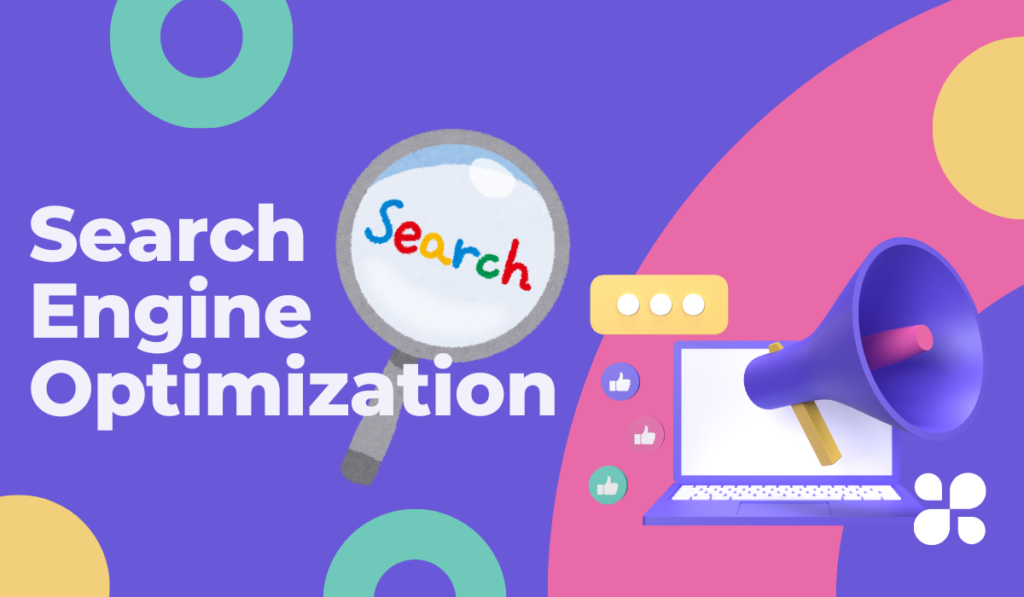
If you want to grow your website traffic, simply writing content isn’t enough. You need to know what users are really searching for—and why. This is where keyword analysis becomes a powerful tool. It goes beyond finding popular search terms. It helps you understand the intent behind every search.
Let’s dive deeper into why understanding user intent starts with keyword analysis, and how it can shape your entire SEO strategy.
What is User Intent?
User intent, also known as search intent, is the purpose behind a search query. In other words, what is the user hoping to find when they type something into Google?
There are four main types of user intent:
- Informational: The user is looking to learn something.
- Navigational: The user wants to find a specific website or page.
- Transactional: The user is ready to take action—buy, sign up, download, etc.
- Commercial: The user is researching before making a purchase decision—Top laptops under 50000
Understanding these types helps you match content to what users are looking for.
Why Keyword Analysis Matters
Keyword analysis is the process of finding and evaluating search terms that people use online. But a good analysis goes beyond volume and competition. It reveals the reason behind a search.
For example:
- A user searching “how to grow indoor plants” is likely looking for a guide or tutorial.
- A user searching “buy indoor plant pots online” is ready to make a purchase.
Both involve indoor plants, but the intent is completely different. Keyword analysis helps you identify this difference.
Matching Keywords with Intent
When doing keyword research, group your keywords by intent. Ask yourself:
- Is this user looking to learn?
- Are they ready to take action?
- Are they comparing options?
Let’s take a closer look at examples:
Informational Intent:
- “What is SEO“
- “How to do keyword research“
- “Benefits of organic traffic”
Navigational Intent:
- “Ahrefs login”
- “Moz blog”
- “Google keyword planner”
Transactional Intent:
- “Buy SEO tools online”
- “Best SEO service for startups”
- “Affordable keyword research tool”
Commercial Intent:
- “Top SEO companies in India”
- “SEMrush vs Ahrefs comparison”
- “Best link building strategy“
By identifying the right keyword and pairing it with the correct user intent, you’ll create content that truly serves your audience.
For super understanding you should see the comprehensive table.

📊 Intent-Based Keyword Table
| 🔍 Informational Intent | 🚀 Navigational Intent | 🛒 Transactional Intent | 🔎 Commercial Investigation Intent |
| steps to | dashboard | buy | best |
| what is | about us | get started | Top |
| examples of | [brand name] | order | Compare |
| how does | contact | get now | versus |
| why does | profile | download | reviews |
| how to | settings | book now | alternatives to |
| ways to | homepage | pricing | Which is better |
| benefits of | access | try for free | features of |
| guide to | login | subscribe | pros and cons |
| tips for | blog | free trial | cheapest |
Primary Keyword: Keyword Analysis
Your keyword strategy should always start with proper keyword analysis. It uncovers more than just words—it reveals what your target audience cares about.
Let’s say you find a keyword like “best email marketing tool for beginners.” This is a long-tail keyword with clear intent. The user is probably a beginner looking for recommendations and easy-to-use tools. Your content should match that need.
Using keyword analysis, you can:
- Discover trending terms
- Find low-competition opportunities
- Understand which keywords drive traffic
- Uncover hidden questions your audience is asking
All of this leads to more relevant content and better engagement.
Secondary Keywords to Use Naturally
- Keyword research
- Search intent
- Buyer intent
- Long-tail keywords
- SEO strategy
- User behavior
- Content optimization
- SEO tools
- Search queries
How to Perform Keyword Analysis with User Intent in Mind
Here’s a step-by-step approach:
1. Start with Broad Keyword Research
Use tools like Google Keyword Planner, Ubersuggest, and SEMrush to gather keyword ideas. Don’t just look at high-volume keywords. Look for keywords that are specific and focused.
2. Analyze the SERPs
Search the keyword in Google and see what type of results appear:
- Are they blog posts?
- Product pages?
- Comparison lists?
- Videos?
This gives you a real-world view of what Google thinks matches the keyword intent.
3. Check the Related Searches
Scroll down to the bottom of the search results. You’ll find related search terms. These often reflect long-tail keywords and give insight into user questions.
4. Group Keywords by Intent
Once you’ve collected your keywords, sort them into:
- Informational
- Navigational
- Transactional
- Commercial
This makes it easier to plan and create content that directly addresses what the user wants.
5. Optimize Content Based on Intent
If your keyword is informational, your content should educate. If it’s transactional, your content should persuade. If it’s navigational, guide the user quickly to their goal.

Why Long-Tail Keywords Matter
Long-tail keywords are longer, more specific phrases that usually carry strong intent. They may have lower search volumes, but they convert better.
For example:
- “SEO” is a broad keyword.
- “What is technical SEO in Digital Marketing” is a long-tail keyword with clear intent.
By targeting long-tail keywords through keyword analysis, you tap into users who know what they want.
How User Behavior Influences Keyword Choices
Modern users type questions into Google, use voice search, and expect fast answers. Your keywords need to match this behavior.
People now search in a conversational tone:
- “How can I improve my website speed?”
- “What’s the best free keyword tool?”
Including such search queries in your content makes it more relatable and effective.
Align Your SEO Strategy with User Intent
If your SEO strategy doesn’t consider user intent, it’s like shooting in the dark. Keyword stuffing and focusing only on traffic numbers won’t deliver real results.
Keyword analysis gives you a map. It shows:
- Where your audience is
- What they want
- How to give it to them
That’s the core of any successful SEO strategy.
Example: Writing Content with Intent
Let’s take this keyword: “free keyword research tool for bloggers.”
Intent: Informational + Partial Transactional
Your content should:
- Explain what a keyword research tool does
- Compare free options
- Include user reviews or examples
- Add a clear CTA (call to action)
This serves both users who are learning and users who are ready to act.
Keep Updating Your Keyword Strategy
Search trends change. So should your keyword strategy. Use tools like:
- Google Search Console
- SEMrush Position Tracker
- AnswerThePublic
Track what’s working, find new questions, and adjust. Make keyword analysis a regular habit.
Conclusion
Understanding user intent begins with keyword analysis. If you skip this step, you risk creating content that no one finds helpful.
Every keyword holds a clue. It tells you what the user needs and how close they are to taking action. When you match your content with the right intent, you:
- Rank higher
- Get more engagement
- Build trust
- Drive more conversions
So don’t just chase traffic. Focus on intent-driven keywords and craft content that truly connects. That’s how you build a winning SEO strategy.
Start with keyword research, stay user-focused, and let keyword analysis guide every step.
Frequently Asked Questions:
Q: What is user intent in SEO?
Ans: User intent, or search intent, is the reason behind a search query. It tells you what the user wants—whether they are looking to learn, find something, or take action like making a purchase. Understanding this helps you create content that meets their needs.
Q: Why does keyword analysis matter for understanding user intent?
Ans: Keyword analysis helps uncover not just search terms but the reason behind them. By analyzing keywords, you can tell if a user is searching for information, looking for a product, or comparing options. This insight helps you align your content with what users really want.
Q: How do I identify the intent behind a keyword?
Ans: Search the keyword on Google and look at the top results. Are they SEO blog posts, product pages, or tutorials? This shows what type of content Google thinks best matches that keyword—and what the user likely wants to see.
Q: What are long-tail keywords and why are they important?
Ans: Long-tail keywords are specific, longer search phrases like “best SEO strategy for beginners.” They often have lower search volume but higher intent. These keywords help attract users who are closer to taking action, improving your conversion rates.
Q: How often should I update my keyword strategy?
Ans: You should review your keyword strategy regularly. Search trends shift, new questions emerge, and your audience’s behavior may change. Use tools like Google Search Console and SEMrush to track performance and find fresh keyword ideas.
Q: Can keyword research improve content performance?
Ans: Yes. Effective keyword research ensures your content matches what users are actually searching for. It helps you show up in relevant searches, engage the right audience, and increase traffic, trust, and conversions.


